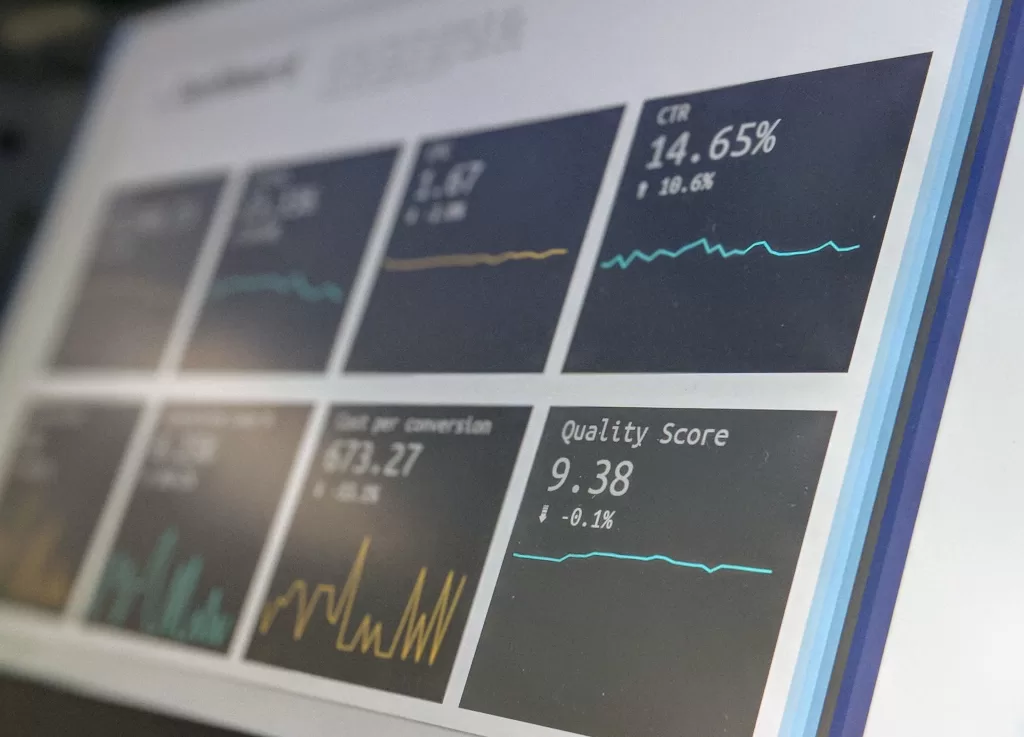Innovative Trends Revolutionizing Website Design
1. AI-Powered Design and User Experience
In 2024, Artificial Intelligence (AI) is not just an accessory but a fundamental component in website design. AI-driven tools are now capable of analyzing user data to create personalized experiences. Websites are increasingly utilizing AI for real-time customization, offering content and design adjustments based on user behavior, preferences, and historical data. This level of personalization is not only enhancing user engagement but also paving the way for more intuitive and user-centric web designs.
2. Minimalism with a Twist
The timeless appeal of minimalism continues to dominate web design, but with a fresh twist. In 2024, designers are blending minimalistic layouts with bold color schemes and experimental typography. This trend focuses on creating clean, clutter-free websites that are easy on the eyes yet striking in appearance. The use of whitespace and simplified navigation remains a priority, but with added elements of visual intrigue to captivate users.
3. Advanced Responsive Design
As device diversity explodes, responsive design has advanced beyond mere mobile-friendliness. In 2024, websites are designed to offer seamless experiences across an array of devices including smartwatches, IoT devices, and large displays. This involves adaptive images, flexible grids, and context-aware layouts, ensuring that every user enjoys an optimal viewing experience, regardless of their device.
4. Immersive 3D Elements
The integration of 3D elements into web design is taking the user experience to new heights. In 2024, more websites are incorporating immersive 3D visuals to create a sense of depth and realism. This trend is particularly prevalent in e-commerce, where 3D product previews enhance the shopping experience, and in portfolio websites, where 3D designs showcase creative work in a more engaging manner.
5. Voice User Interface Integration
Voice-controlled interfaces are becoming increasingly prominent in website design. With the rise of virtual assistants and voice search, websites in 2024 are integrating voice user interfaces (VUIs) to offer a hands-free, more accessible browsing experience. This trend is particularly beneficial for users with disabilities, and it also caters to the growing demand for convenience and speed in web interactions.
6. Micro-Interactions and Animations
Micro-interactions and subtle animations are taking center stage in creating engaging and interactive websites. These small, yet impactful design elements provide feedback, guide users, and enhance the overall experience without being obtrusive. In 2024, designers are using micro-interactions to make websites feel more alive and responsive to user actions, thus making the user journey more enjoyable and intuitive.
7. Sustainability in Web Design
An emerging trend in 2024 is the focus on sustainability in web design. Designers are adopting practices that reduce the digital carbon footprint of websites. This includes optimizing images and videos for faster load times, choosing eco-friendly hosting, and implementing dark mode interfaces to save energy. Sustainable web design is not only beneficial for the environment but also enhances user experience with faster and more efficient websites.
Embracing Accessibility and Inclusivity
Another vital aspect among the innovative trends revolutionizing website design in 2024 is the heightened focus on accessibility and inclusivity. As the digital world becomes increasingly integral to daily life, ensuring that websites are accessible to all, including people with disabilities, is not just a legal imperative but also a moral and ethical one.
Designers are now prioritizing features like screen reader compatibility, keyboard navigation, and the use of ARIA (Accessible Rich Internet Applications) roles to make websites more inclusive.
This shift is not only about adhering to standards like the WCAG (Web Content Accessibility Guidelines) but also about embracing a broader audience, reflecting a commitment to diversity and inclusion in the digital space.
By integrating these practices, websites are becoming universally usable, ensuring that every user, regardless of their abilities, can have a seamless and enjoyable online experience. This trend is a crucial component of the innovative trends revolutionizing website design, signaling a move towards a more empathetic and user-centric approach in the digital realm.
Conclusion
The year 2024 marks a significant leap in how we approach website design. The innovative trends revolutionizing website design are a testament to the industry’s constant evolution, driven by technological advancements and a deeper understanding of user needs. By embracing these trends, designers and businesses can create websites that are not only aesthetically pleasing and functional but also forward-thinking and user-focused. As we continue to navigate the ever-changing digital landscape, these trends will undoubtedly play a pivotal role in shaping the future of website design.



